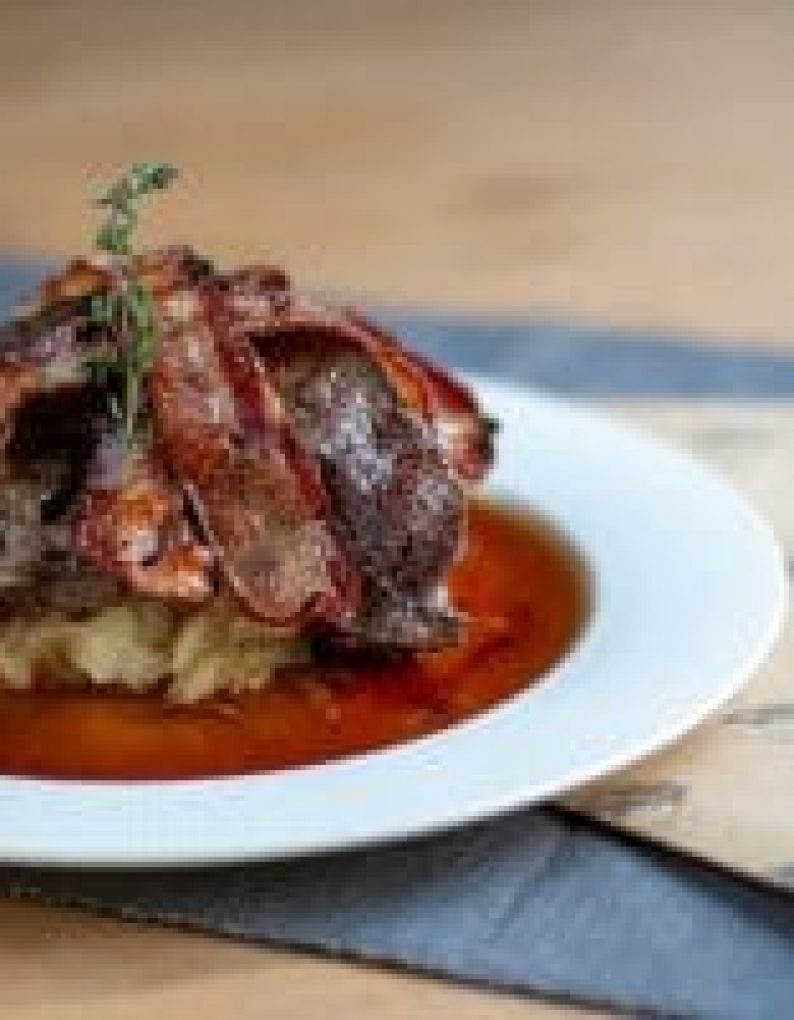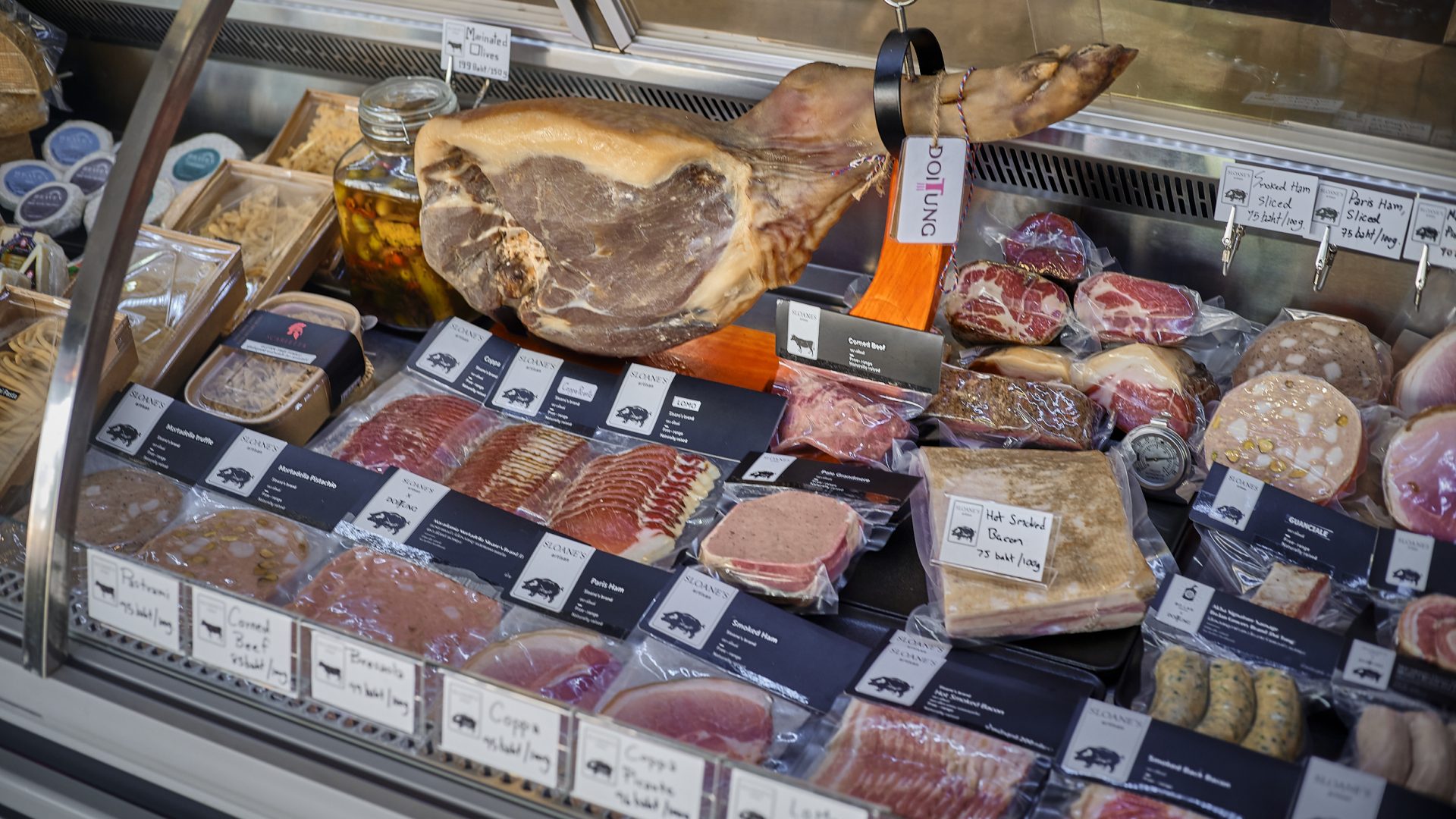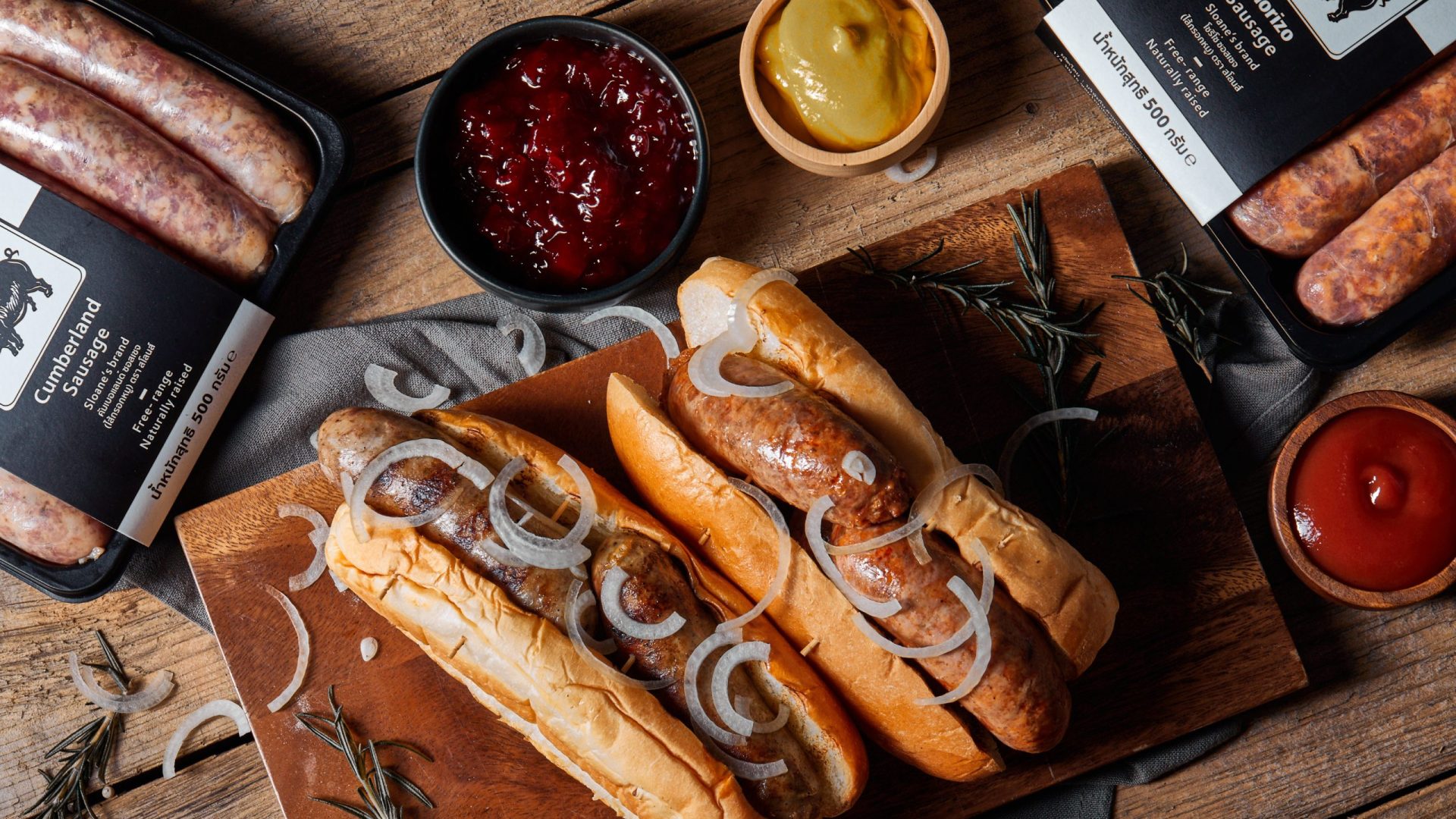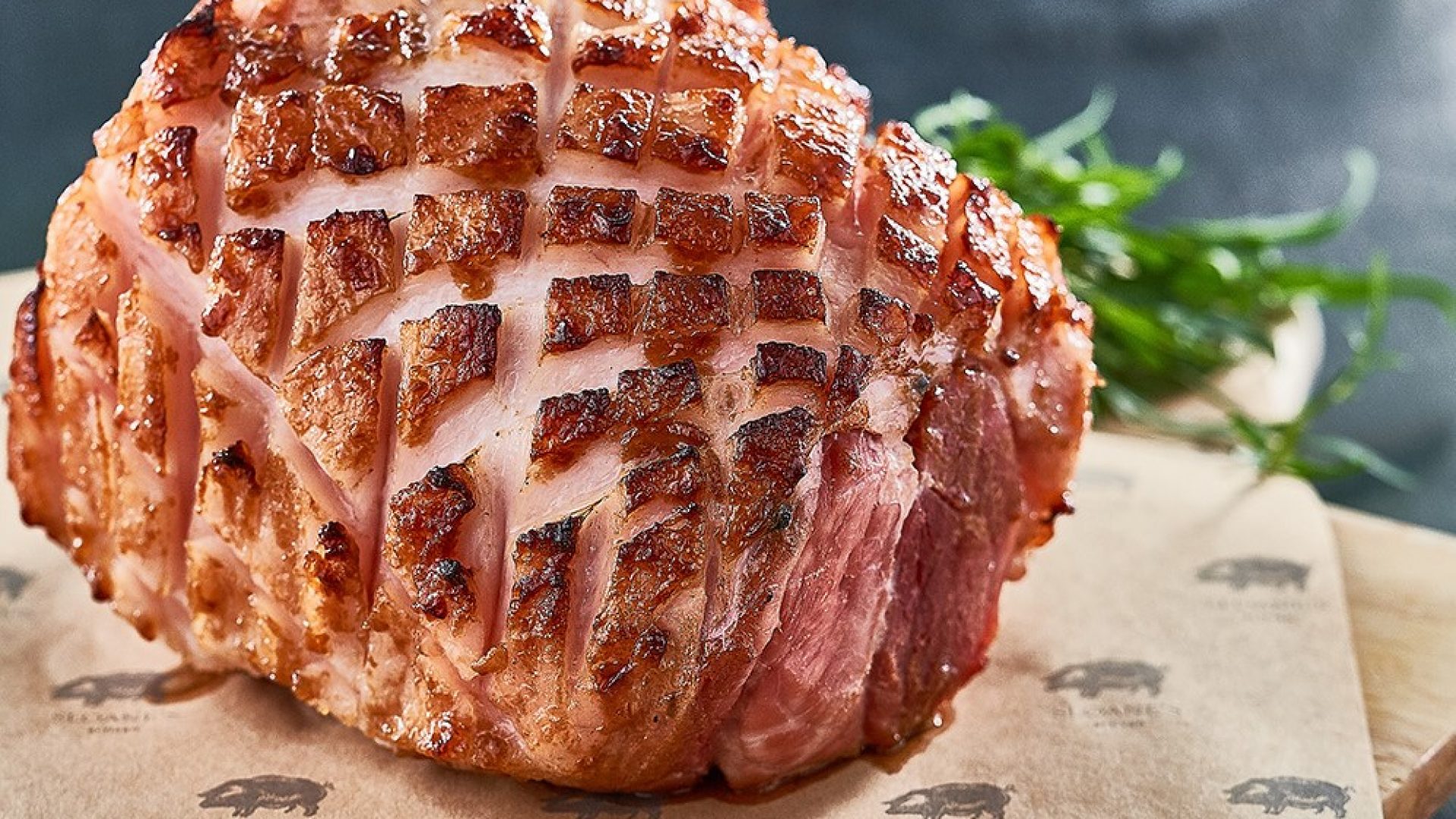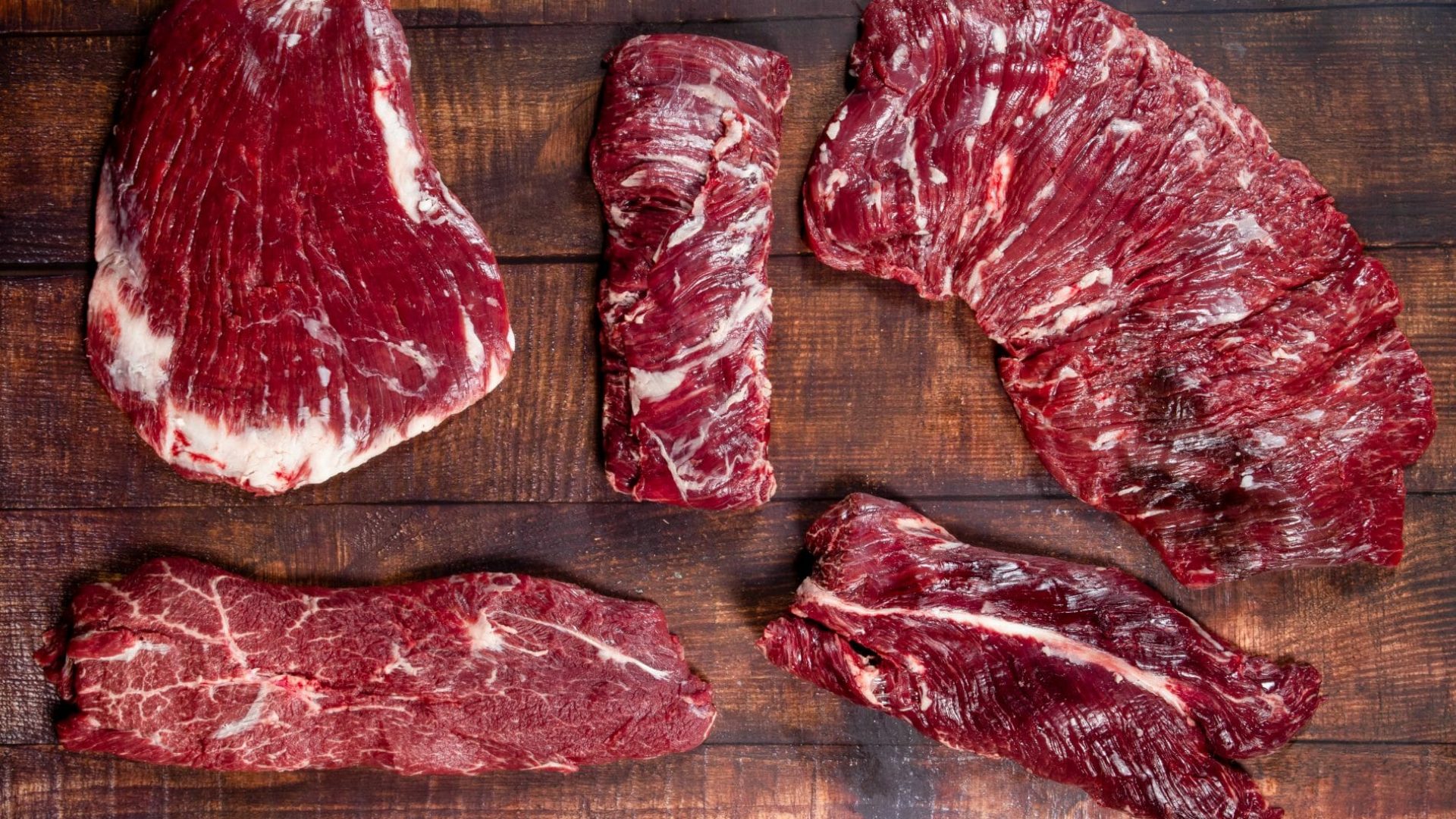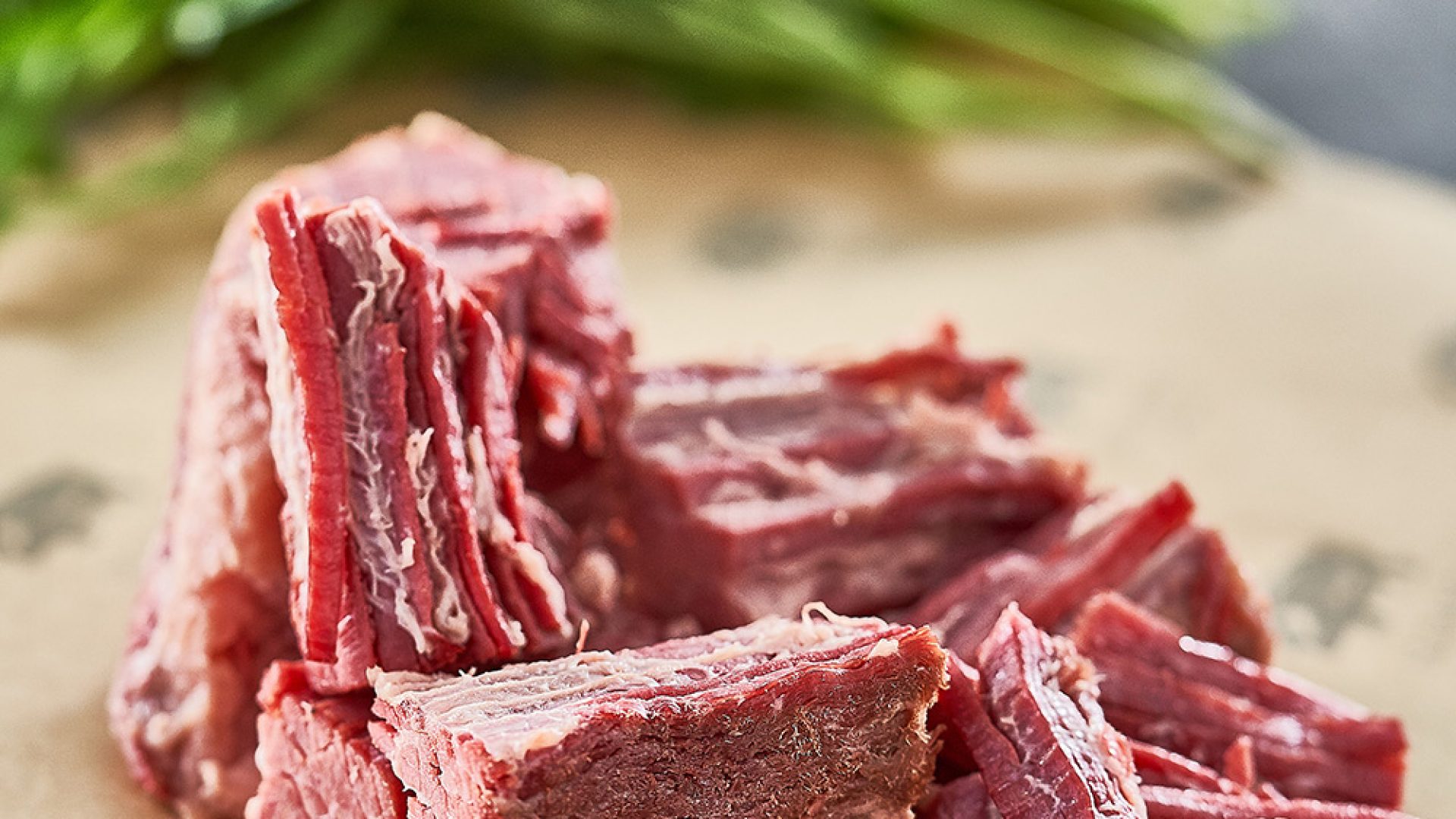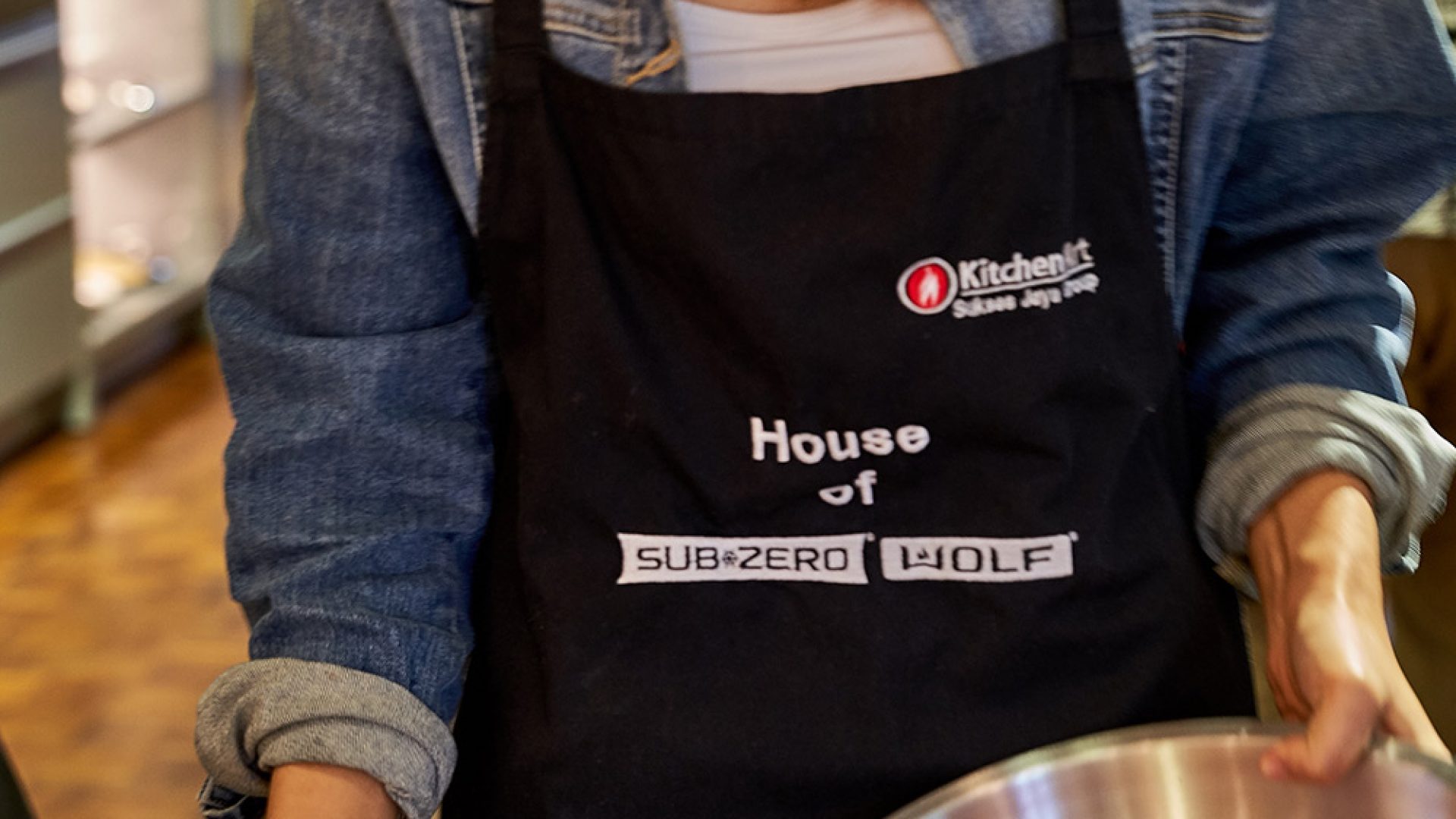The mere mention of bacon is enough to make many people salivate.
The cut
The word ‘bacon’ means different things to different people. There are different variations of bacon cuts, curing and uses. If you’re in North America, bacon is likely a streaky, relatively thin cut of pork that’s cured and smoked. The cut comes from the pork belly, giving it those streaks and a high fat content. But if you are from the UK, bacon typically means a slightly thicker slice from the loin. This is a slightly leaner cut.


Typical uses
Despite these differences, bacon is a much-loved food across the globe. It is a quintessential breakfast item, and, many would say, a core ingredient in a good burger. It can make or break a Caesar Salad, a Club Sandwich and, of course, its own sandwich, the BLT (Bacon, Lettuce & Tomato). Furthermore, it adds flavour and depth to soups and stews, and elevates a simple vegetable stir dry. We also like to use it in our Calves Liver recipe.


The curing
Bacon is typically cured either by injecting or soaking in brine (wet curing) or by using salt (dry curing). At Sloane’s, all our bacons are dry-cured, with the exception of our newest bacon addition, the Raw Honey Bacon, which is brined with Let It Bee longan honey. Dry-curing does not dilute the flavour of the meat with added waters and results in a more flavoursome bacon. It doesn’t shrink as much when cooked. After curing, some of our bacons are smoked, like our Hot Smoked Bacon, while others are ‘green’ (unsmoked), like our Dry Cured Streaky Bacon.

